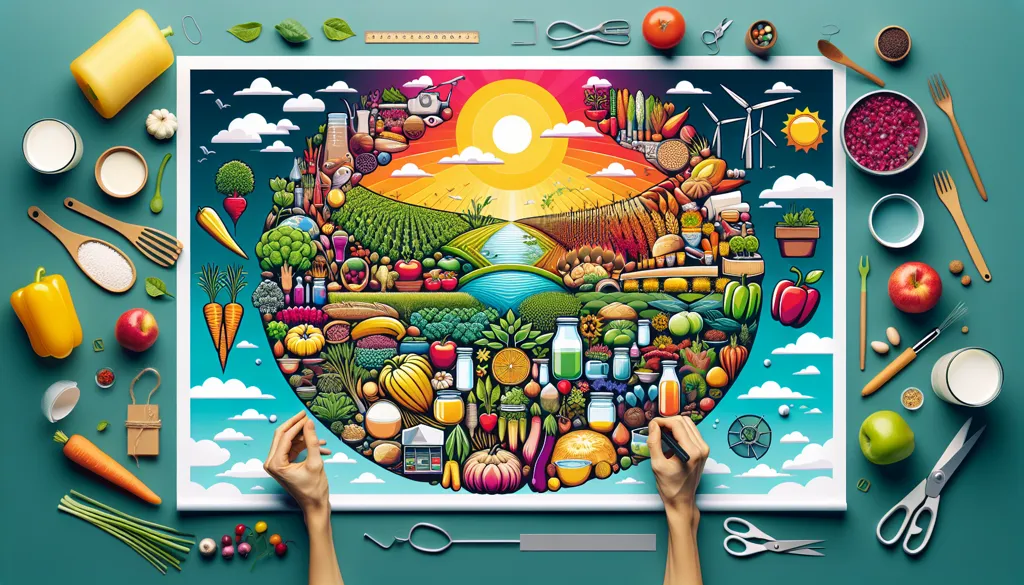The Future of Food: Challenges and Opportunities
As a 40-year-old mother living in Kansas, balancing work and family life, I often find myself pondering the future of food. It's a topic that resonates deeply with me, not just because of its everyday relevance but also due to the broader implications for our world. From my Midwestern vantage point, it's clear that we're at a crossroads where our choices today will shape tomorrow's landscape of cultivation, production, and distribution.
The Current State of the Global Food System
The global agriculture industry is a behemoth, producing millions of metric tons of food annually and employing a significant portion of the global workforce. It's an industry worth trillions, yet one fraught with challenges like climate change, population growth, and food waste. As Tanya Ott highlighted in her discussion with experts, our food system is both a victim and a contributor to climate change, responsible for a substantial percentage of carbon emissions.
In our own household, I can see the effects of rising food prices and the strain it puts on families trying to make ends meet. Just as in the broader world, there are stark choices ahead: sustainable abundance or continued food insecurity.
Innovations and Solutions
Innovative technologies offer pathways toward a more sustainable food future. Precision agriculture and regenerative farming are gaining traction, promising to enhance productivity while reducing environmental impact. As farm-to-school programs in California demonstrate, integrating local food sourcing with educational initiatives can foster healthier eating habits and support local economies.
Here in Kansas, community initiatives like Care and Share Food Bank push for increased access to nutritious food. These efforts reflect a growing understanding that food security isn't just about quantity—it's about quality, accessibility, and sustainability.
Tackling Food Waste
Food waste is a pervasive issue, with 30-40% of food produced never reaching our tables. Organizations like Wastelink are pioneering efforts to transform waste into opportunity, emphasizing the power of a circular economy. From my perspective, reducing waste begins at home. Simple steps like meal planning and mindful shopping can make a difference.
It's heartening to see broader systemic efforts, like Feeding America and its network, working to repurpose excess food, preventing it from becoming waste. These initiatives highlight the importance of collaboration across sectors to tackle food insecurity.
The Role of Policy and Community
Policy plays a crucial role in shaping the future of food. From local initiatives to international agreements, policy decisions impact everything from agricultural practices to food distribution. The African continent's struggle with food insecurity underscores the importance of strategic investments and regional cooperation to build resilient food systems.
In our community, programs like mobile food pantries and school-based food distributions offer immediate relief and highlight the potential of local action to address broader challenges.
Conclusion
The future of food is a complex tapestry woven from technology, policy, and community action. As a mother and a content writer, I see the importance of engaging with these issues, not just for today but for future generations. Whether through personal choices or community involvement, we all have a role to play in steering the food system toward a more sustainable, equitable future.
Ultimately, the path we choose will determine whether we achieve a future of sustainable abundance or face continued challenges. The stakes are high, but the opportunities for positive change are within reach if we act collectively and decisively.

